Introduction
In this article, I’ll explore the use of snapshot isolation using row versioning as an alternative to the classic ANSI SQL transaction levels.
Read more »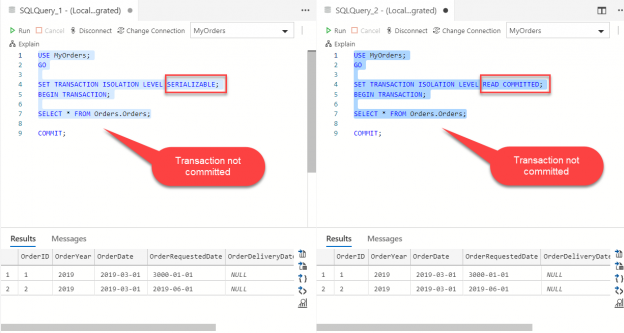
In this article, I’ll explore the use of snapshot isolation using row versioning as an alternative to the classic ANSI SQL transaction levels.
Read more »
SQL Server is pretty good at managing disk space. As long as we do our part to set up appropriate storage types and place files and filegroups properly and set reasonable AUTOGROW settings, it’s almost a set-it-and-forget-it operation. Mind you, I said, “almost!” Sometimes, things do go BUMP! in the night and we need to act. Here’s what happened to me not too long ago:
Read more »
SQL is an old language — almost 50 years! The first commercially-available version of SQL was released by Oracle way back in 1969. In its specifications and general, “standard” appearance, it resembles the other leading language of the day, COBOL. Language theory and computer languages have evolved considerably since then. Modern concepts such as object-oriented programming and functional programming are not well-represented in SQL. That’s a pity. It can lead to copying code which almost always increases maintenance costs and code fragility.
Read more »
Foreign key constraints are a powerful mechanism for preserving referential integrity in a database. They can also represent a challenge when doing bulk table loads, since you need to find a “base” table to start with – that is, a table that has no foreign key constraints defined. Let’s label tables like this as level 0, or ground level if you like. Once that is loaded, you can begin to load other tables that have foreign key references to the base table. We can label those tables level 1, and so on. If you start with table data that already has referentially integrity and load tables by their level numbers — level 0, level 1, level 2 and so on – the load should proceed without problems. Let’s look at a simple example:
Read more »
One of the new features announced with SQL Server 2017 is support for the Python language. This is big! In SQL Server 2016, Microsoft announced support for the R language – an open source language ideally suited for statistical analysis and machine learning (ML). Recognizing that many data scientists use Python with ML libraries, the easy-to-learn-hard-to-forget language has now been added to the SQL Server ML suite.
There’s a big difference between R and Python though: R is a domain-specific language while Python is general purpose. That means that the full power of Python is available within SQL Server. This article leaves ML aside for the moment and explores a few of the other possibilities.
Read more »
Without a doubt, few technologies in SQL Server cause as much confusion and the spread of misinformation as indexes. This article looks at some of the most asked questions and a few that should be asked but often are not. We’ll be using SQL Server 2016 for the examples and a tool, for SQL Server query execution plan analysis, ApexSQL Plan, to explore the effects of indexes on a typical business problem: A table of customers.
Read more »
If you’ve been developing in SQL Server for any length of time, you’ve no doubt hit this scenario: You have an existing, working query that produces results your customers or business owners say are correct. Now, you’re asked to change something, or perhaps you find out your existing code will have to work with new source data or maybe there’s a performance problem and you need to tune the query. Whatever the case, you want to be sure that whatever changes have been made (whether in your code or somewhere else), the changes in the output are as expected. In other words, you need to be sure that anything that was supposed to change, did, and that anything else remains the same. So, how can you easily do that in SQL Server?
Read more »
In the previous article, on tracking database file storage usage How to track SQL Server database space usage with built-in functions and DMVs, I introduced some ideas and calculations for figuring out when your database is going to run out of headroom on the file system – hopefully in time to get an order in the works to increase that space!
Read more »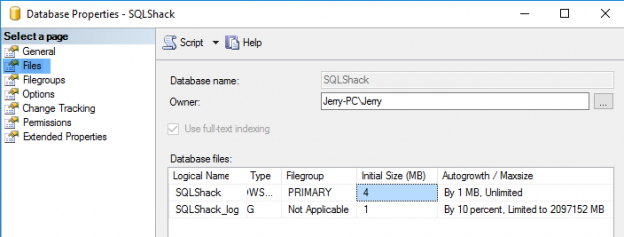
In the previous article in this series on dynamic management views in SQL Server, we used DMV’s to discover some basic information about databases on an instance you are connected to, along with some ideas about getting basic file system and security info. I promised to dive into security next but first I’d like to explore a topic that is currently quite critical for the company I work for today: tracking space usage.
Read more »
In the last two articles on dynamic management views in SQL Server, Discovering SQL server instance information using system views and Discovering more SQL Server information using the built-in dynamic management views (DMVs), we used DMVs to discover a fair bit of information about the SQL Server instance we’re connected to. In this article, we’ll begin diving in to database specifics. There is a lot of territory to cover! We’ll also use several of the built-in functions that come with SQL Server.
Read more »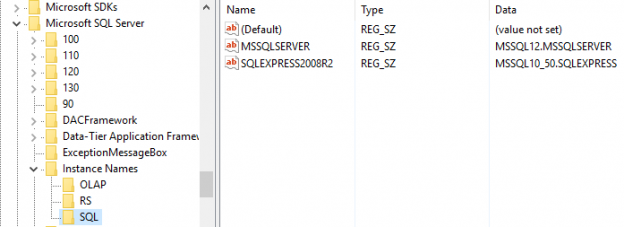
This is the second article in a continuing series on the many system tables, views, procedures and functions available in SQL Server. In the first part of this series, Discovering SQL server instance information using system views, you learned how to discover many attributes of a SQL Server instance you have been given access to. In this part, we will continue the journey and see what else we can find.
Read more »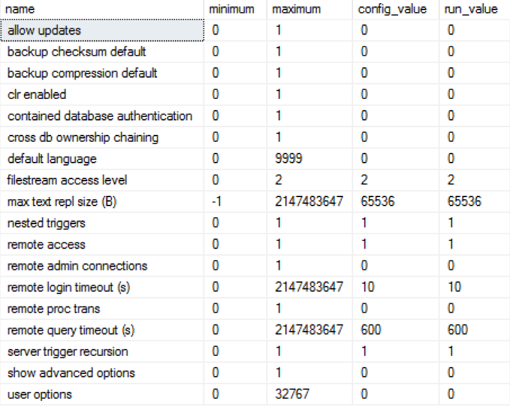
Out of the box, SQL Server comes with a substantial and – release by release – ever-growing set of system tables, views, stored procedures and functions. There’s a good chance you’ve never directly used more than a handful of them. That’s certainly the case with me!
This is the first article in a series designed to explore this world that lives just below the surface of our everyday interactions with SQL Server through the same objects we create to enable the applications we write and support.
Read more »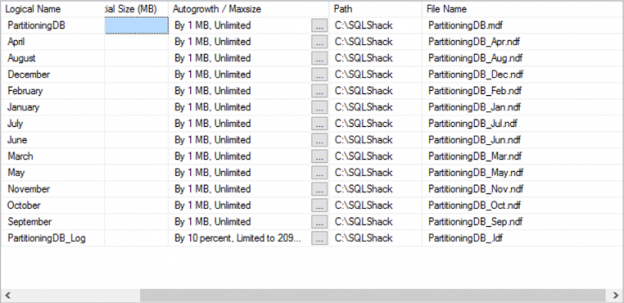
I work for a large, multinational financial institution. Like most companies in this field, ours is conservative and subject to much regulatory oversight. The first has meant that we’re slow to adopt new technologies. We need to be really, really, really sure things won’t break, customer accounts won’t vanish or lose their balances and that the regulators will not raise any red flags. Everything we do is subject to the scrutiny of our internal auditors, even something that seems simple, like rerunning a production job that failed because the host compute was down. I really mean everything!
Read more »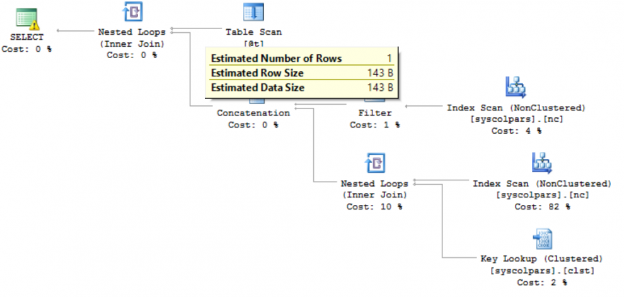
Have you ever written up a complex query using Common Table Expressions (CTEs) only to be disappointed by the performance? Have you been blaming the CTE? This article looks at that problem to show that it is a little deeper than a particular syntax choice and offers some tips on how to improve performance.
Read more »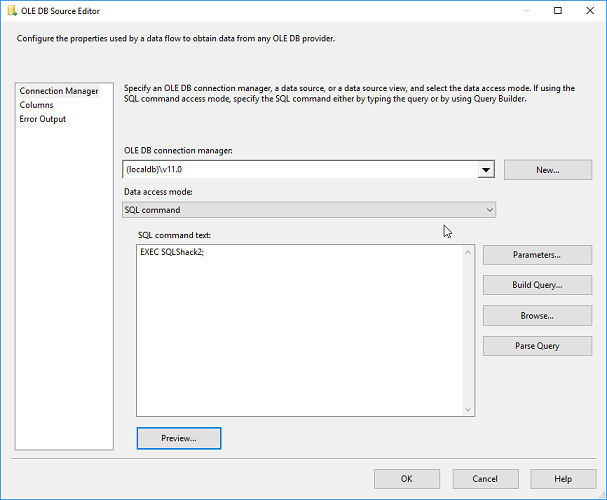
Suppose you’ve been asked to run a query against some SQL Server database but you don’t know anything more than the name of a stored procedure that you need to call. If you are going to do anything with the result set, you need to know at least the names and types of the columns to expect. This is actually a problem faced by many applications, including SQL Server Integration Services (SSIS) and SQL Server Reporting Services (SSRS).
Read more »
There are plenty of scripts to compute the date of various holidays given the year. Let’s look at the problem in reverse: Given a date, determine if it is a given holiday or not.
Read more »© 2025 Quest Software Inc. ALL RIGHTS RESERVED. | GDPR | Terms of Use | Privacy